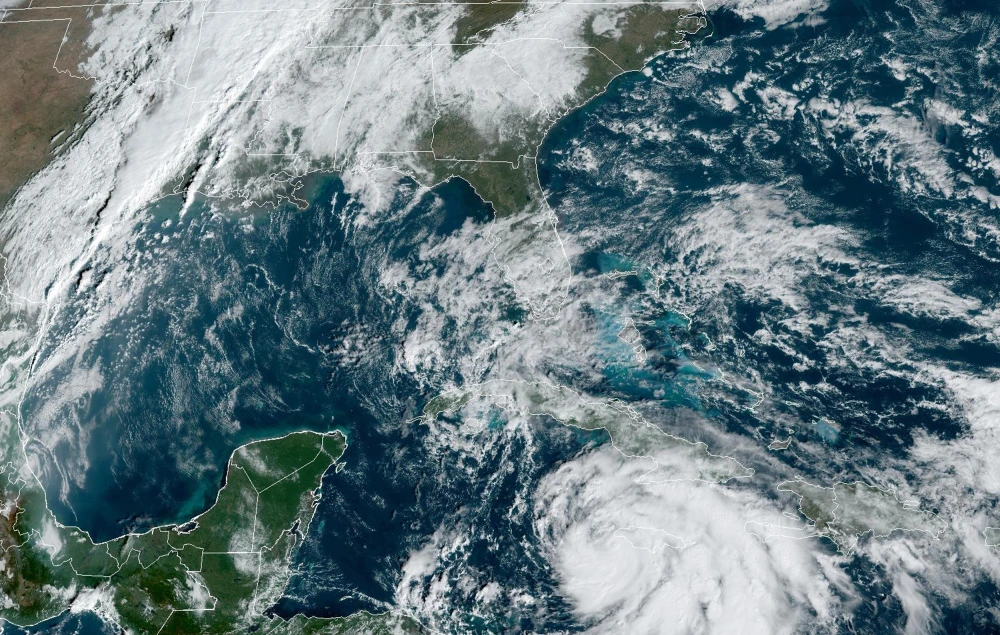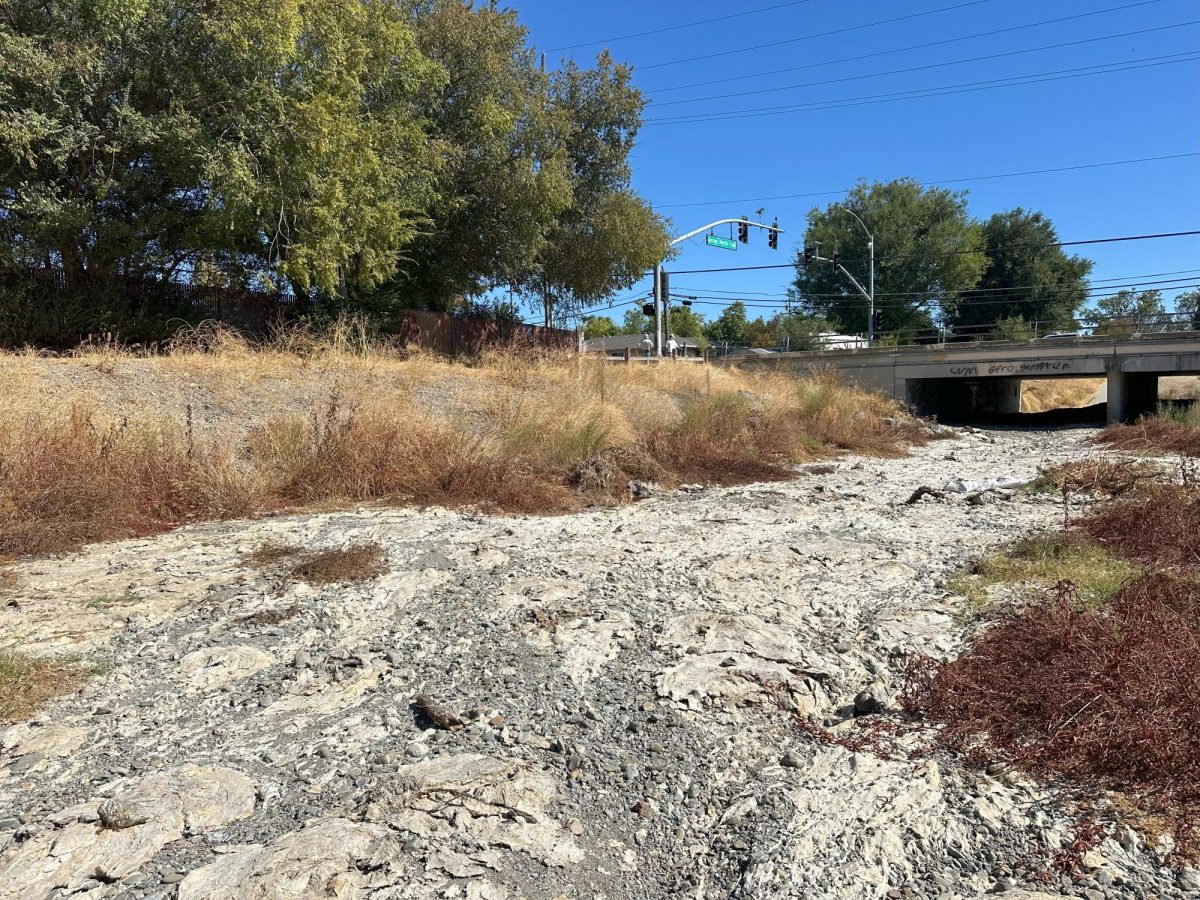Every year from about the beginning of June to the end of November is hurricane season, specifically for the Atlantic. This period marks the time where these tropical conditions make the formation of hurricanes far more common than any other time of the year. However, in our 2024 season, there have been above normal conditions. The peak is often around September 10th.
The first system of 2024 formed on June 19th.Our most recent hurricane formation as of November 5th is “Rafael”. If these conditions continue, Rafael will make the eleventh hurricane of the season, officially surpassing the 2023 season count of ten hurricanes. But, this marks the 17th storm of the season so far. Jamaica is preparing for this storm to strike possibly on Tuesday, November 5th, in the evening. This storm has maintained winds of 60 mph. The Cayman islands have received a hurricane warning from the government.
Experts have said the likelihood of Rafael becoming a hurricane is “near 100%” (NBC NEWS) when it hits land in Cuba.
Not only have the number of storms increased, the total damage costs have also increased dramatically. In 2023, there was a total of $4.13 billion dollars in damages. In 2024, with still a month to go, the amount of damage is $189.48 billion dollars. Fortunately, however, the total depressions for 2024 sit at 17 while 2023 had 21.
As it stands though, the season is still ongoing.
At the beginning,on May 23rd, NOAA predicted that there were going to be “17-25 total named storms.” Of those storms, 8 to 13 were forecasted to become a full blown hurricane with wind speeds of 74 mph or higher. Furthermore, 4 to 7 were expected to become major hurricanes. NOAA had stated they are “70% [confident] in these ranges”.
Since then, many have been proven true. If these predictions continue, we can expect anywhere from one to eight storms left. But it’s always hard to predict these monstrous storms and you should always be prepared. Luckily, hurricanes have not been recorded in California since 1858 in San Diego.





























